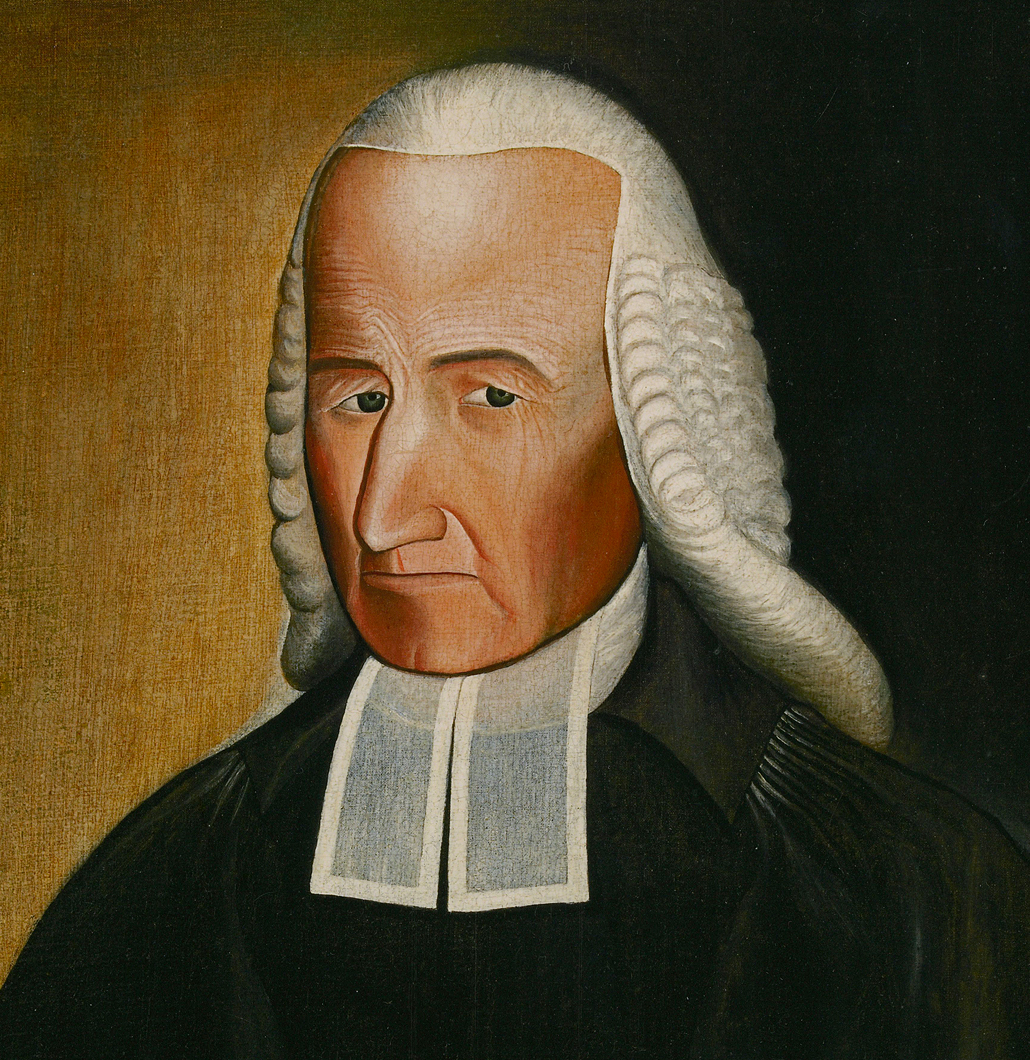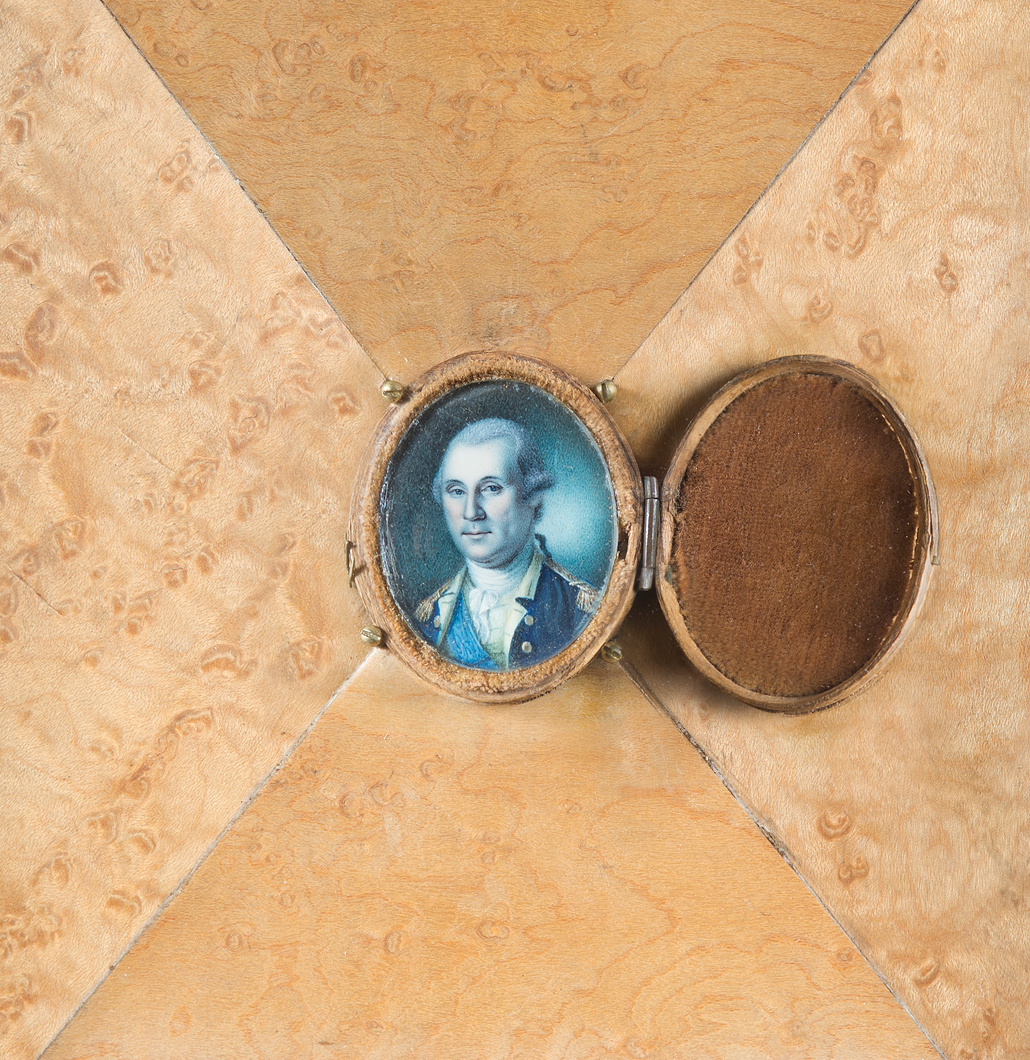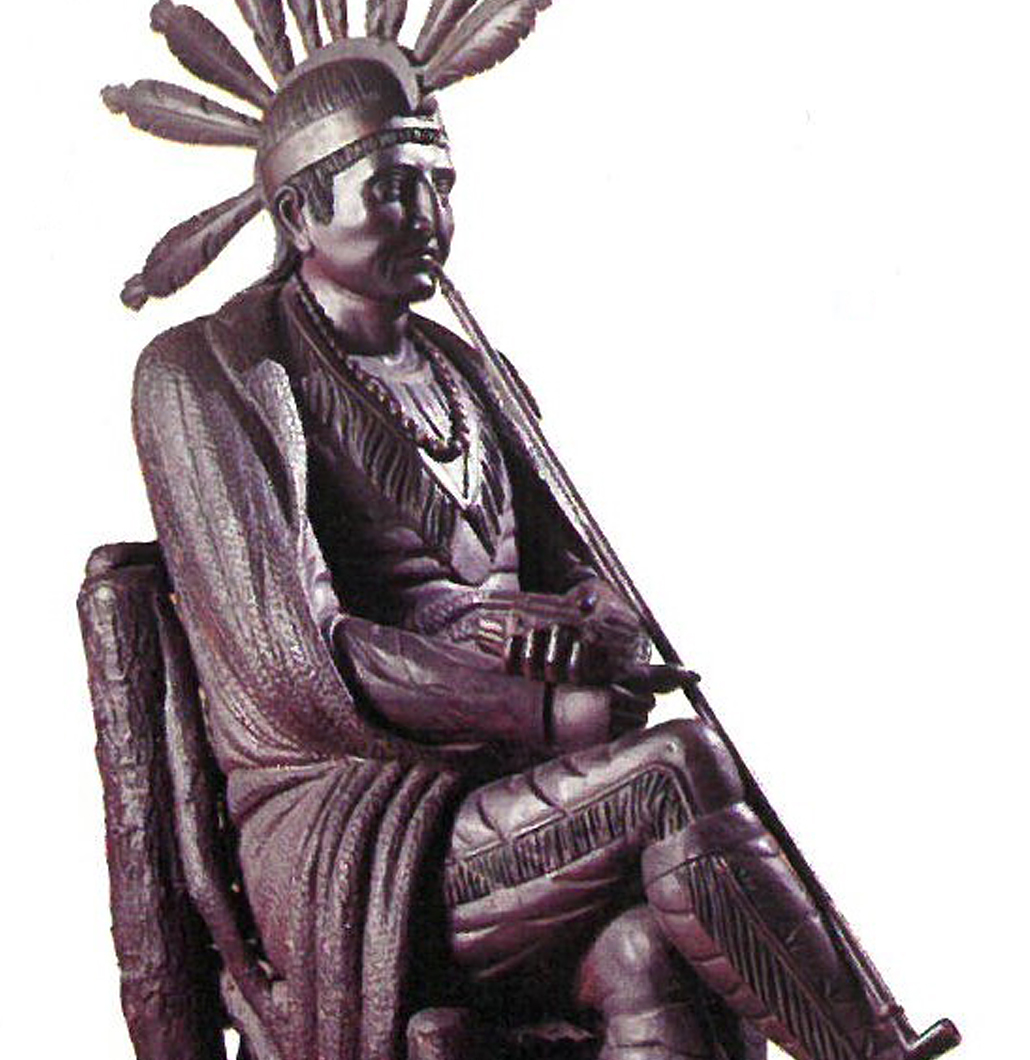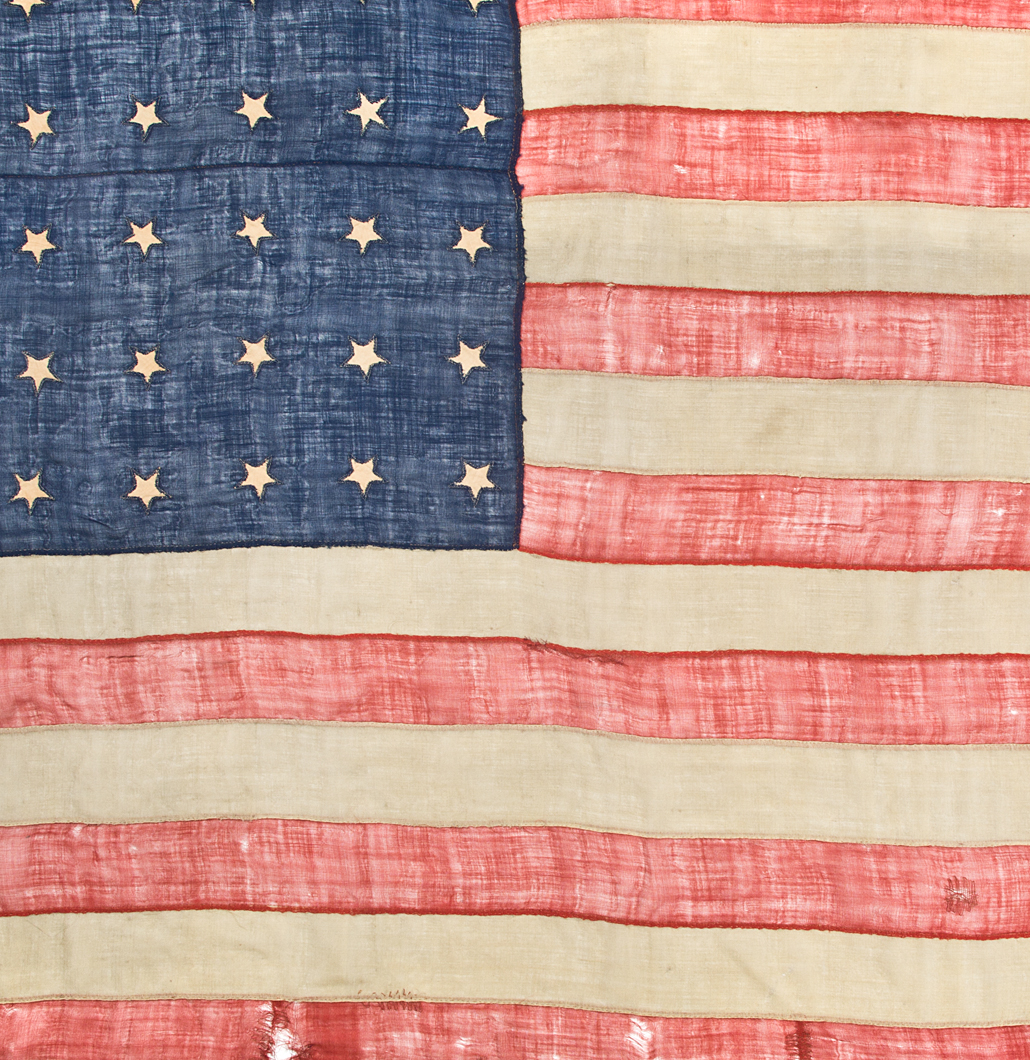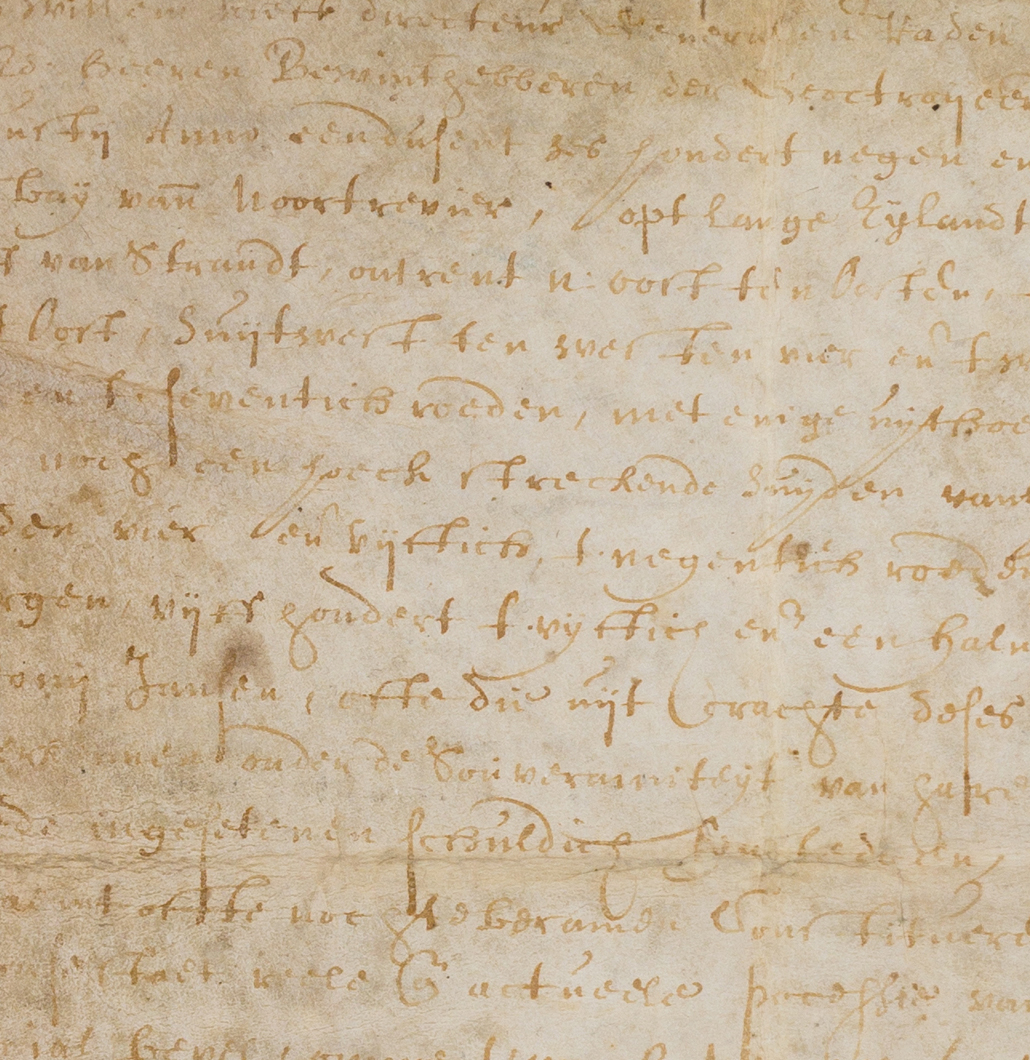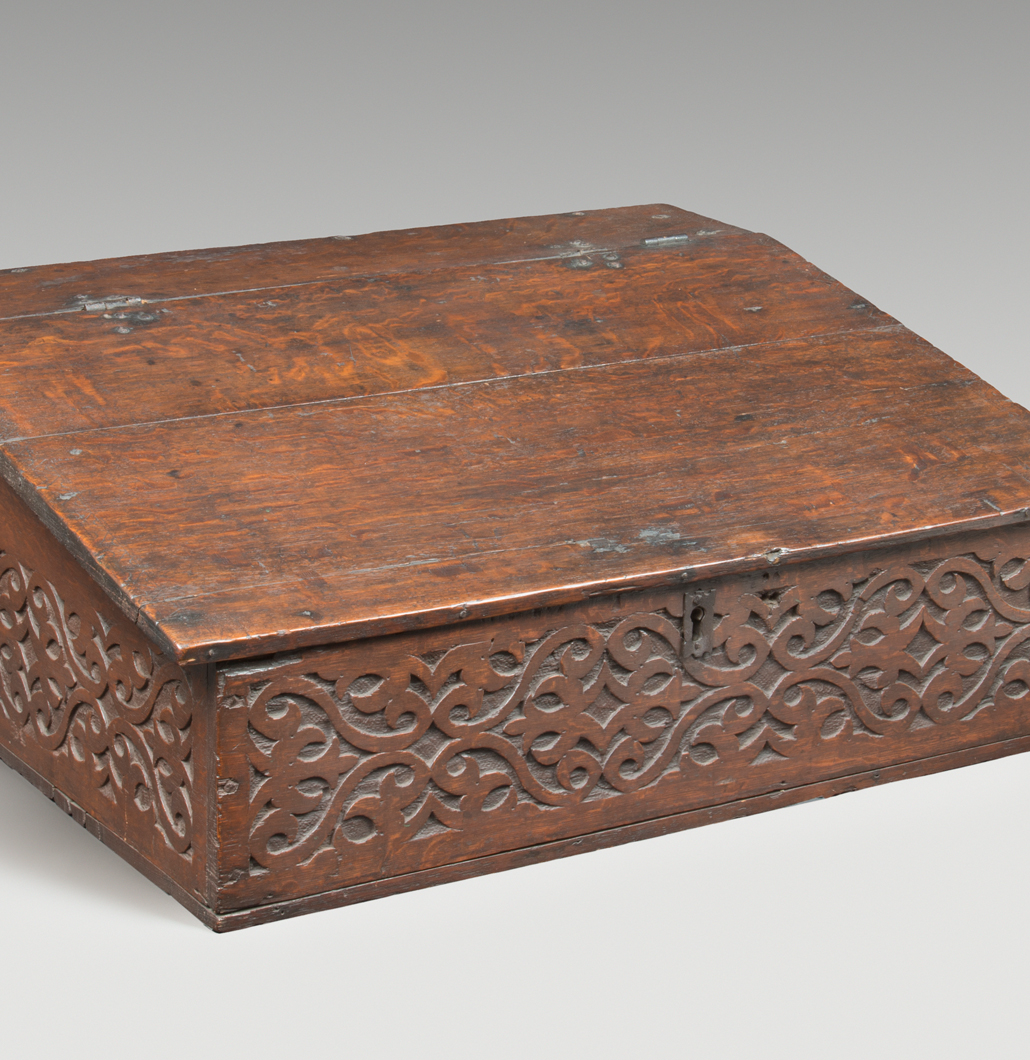1703-1744, inclusive
1974.117
Center for Brooklyn History

Henry Lloyd Ledgers
1703-1744, inclusive
1974.117
Center for Brooklyn History
Six account books of merchant Henry Lloyd, recording financial transactions and accounts throughout the period 1703 to 1744. The account books also make mention of the individuals Lloyd enslaved, including Jupiter Hammon, a Black man born into slavery on the Lloyd estate who later went on to become the first African-American published poet.
Henry Lloyd (1685-1763) owned a shipping business in Rhode Island before settling near Oyster Bay on the North shore of Long Island, NY. In 1711, Lloyd and his wife Rebecca arrived on a 3,000-acre parcel of land owned by Henry’s family. The land, which was located on Lloyd Neck (then called Horse’s Neck) had been left by Henry’s father, James Lloyd I. The Lloyd family owned a trading business in Boston. Henry arrived at Lloyd Neck with six enslaved people and valuable trade goods such as Bibles and needles, and was soon able to build his four room Manor home.
Lloyd Harbor was part of Henry’s property. Fishing, duck hunting, horse grazing, and trapping there all earned fees for Henry. The oak and chestnut trees on the property provided masts for the sailing ships of the British navy and colonial trading ships. Henry imported apple trees and turned his crops into apple cider, which earned him considerable income from his apple cider trading business in the other English colonies and in the Caribbean. The Lloyd property also contained salt and fresh water ponds and enough grazing land to support the large variety of animals needed to supply meat, hides, wool, candles, powder horns, bristles for brushes and plaster, etc., for the Manor and for trade.
Lloyd’s home, commonly called the Henry Lloyd Manor House, still survives on the grounds of Caumsett State Historic Park. The land comprising the Lloyd family estate is now part of the village of Lloyd Harbor in Suffolk County, Long Island. View the full collection of account books.
These documents are a portal into the past. Discover Long Island’s unique history in the stories below.
